Meghalaya, a state in the northeastern part of India, is home to three tribes that practice kinship based on matriliny. Namely the Khasi, Garo, and Pnar/Jaintia communities.
A matrilineal society is one in which the lineage or ancestry of a society is traced through that of the mother, not to be confused with matriarchy.
Khasi, among multiple tribes in the state of Meghalaya in northeast India, practices matrilineal descent. They are referred to as Khasi people; Khasi is used as an umbrella phrase to refer to many subgroups in Meghalaya who have distinguishing languages, rites, ceremonies, and habits, but share an ethnic identity as Ki Hynniew Trep (The Seven Huts).
Khasi is an ancient tribe said to be the “largest surviving matrilineal culture[s]” in the world. who, along with other subgroups, such as Garo, live in Meghalaya, as well as bordering areas of Assam and Bangladesh.
Khasis are believed to be migrants with ancestral links to the Mon-Khmer people of East Asia. The matrilineal tradition which the Khasi and other subgroups practice in Meghalaya is unique within India.
Matrilineal principles among the Khasi are emphasized in myths, legends, and origin narratives. Khasi kings embarking on wars left the responsibility of running the family to women, and thus their role in society became very deep-rooted and respected.
Reference to Nari Rajya (female kingdom; or land of matriarchy) in the epic Mahabharata likely correlates with the Khasi and Jaintia Hills and Meghalaya’s present-day matrilineal culture.
The proud heritage of the Khasi, Garo, and other subgroups is matrilineality; however, in 2004 it was reported that their matrilineal traits were on the wane. Women have a dominant role in the matrilineal society of Meghalay
a.
The youngest daughter of the family, the Ka Khadduh, inherits all ancestral property. After marriage, husbands live in the mother-in-law’s home.
The mother’s surname is taken by children. When no daughters are born to a couple, they adopt a daughter and pass their rights to the property to her.
The birth of a girl is celebrated while the birth of a son is simply accepted. There is no social stigma attribute
d to a woman remarrying or giving birth out of wedlock as the “Khasi Social Cusof Lineage Act” gives security to them.
Women are known to intermarry outside their tribe. The women who enjoy all the rights live an independent life,
dress well, attend church, and many prefer not to get married.
They enjoy total security, unlike in the rest of the country. A successful career woman of the Khasi society f
eels that “their societal anomaly” has enabled her to be successful in every way.
Most small businesses are managed by women. Even though the Khasi community is a matrilineal society, the womenfolk aren’t as empowered as you’d think they are.
Women were never allowed to participate in a local governing institution (the Dorbar Shnong), banned by the Head Man, also known as the Rangbah Shnong.


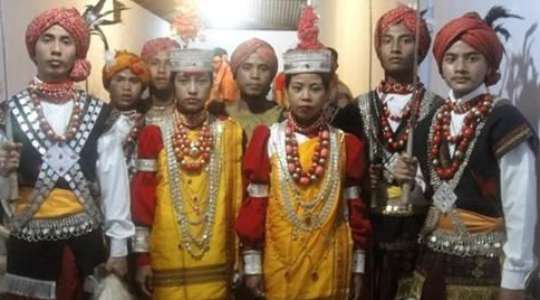
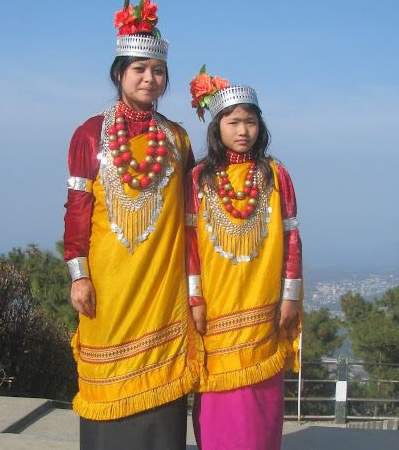
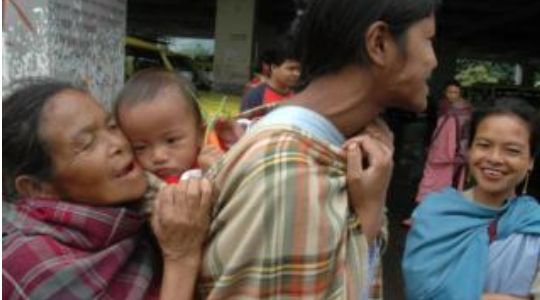
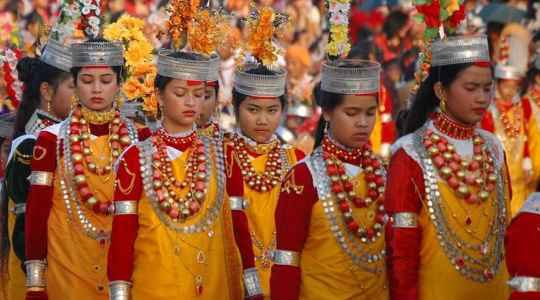
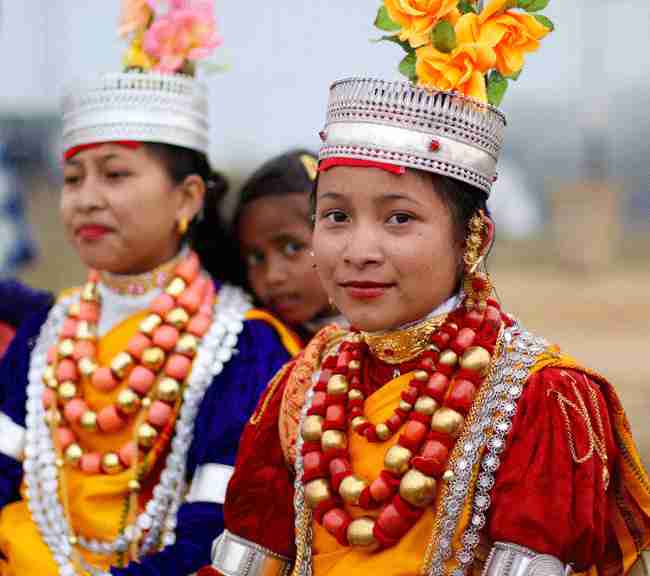
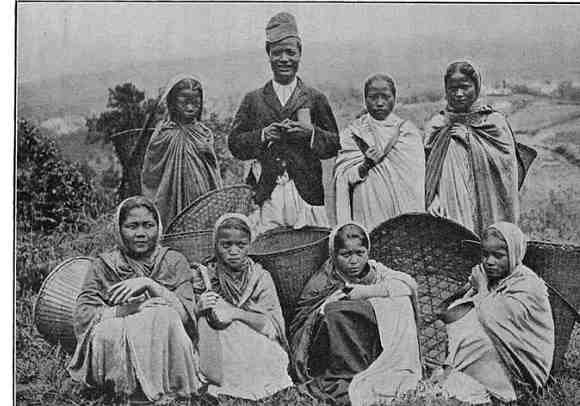
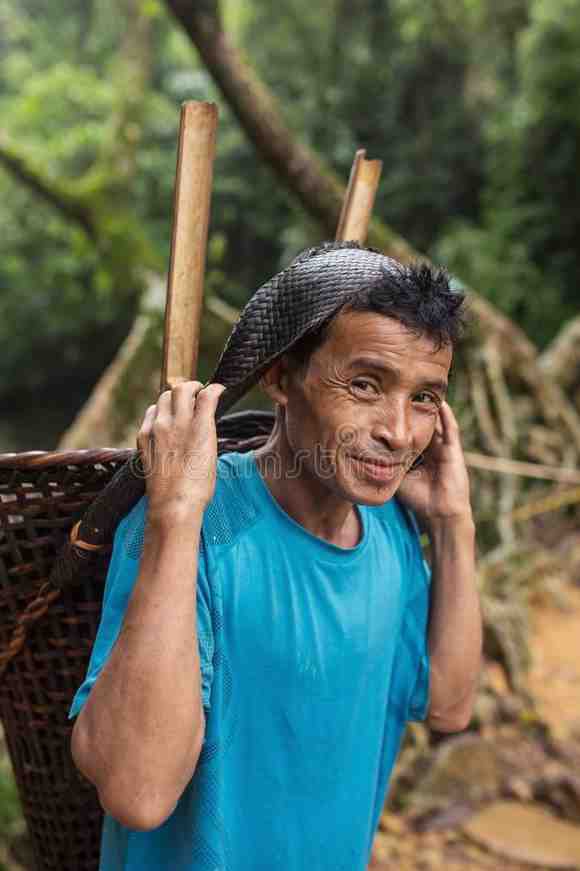

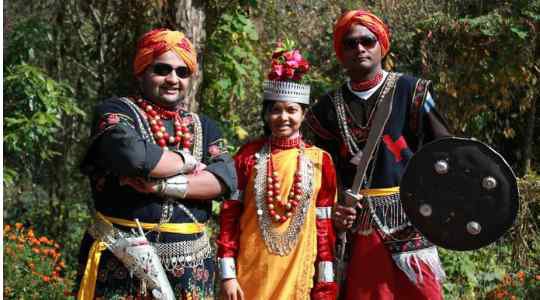















![National Population Commission (NPC) Recruitment 2023 [Apply Now]](https://illuminaija.com/wp-content/uploads/2023/03/Beware-of-Fake-Census-Ad-hoc-Recruitment-Link-350x250.jpeg)
